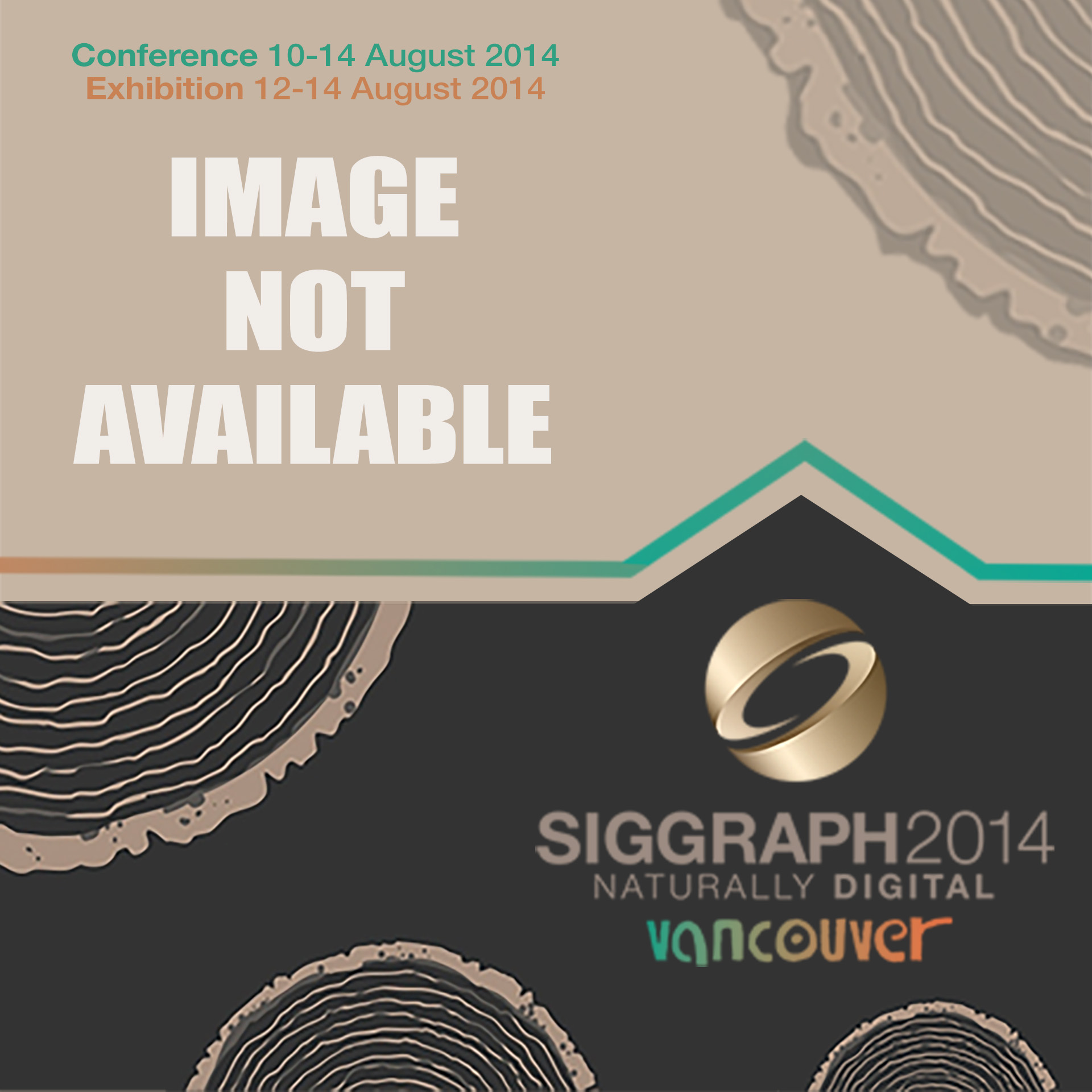“Poisson-Based Continuous-Surface Generation for Goal-Based Caustics” by Yue, Iwasaki, Chen, Dobashi and Nishita
Conference:
Type(s):
Title:
- Poisson-Based Continuous-Surface Generation for Goal-Based Caustics
Session/Category Title: Games & Design
Presenter(s)/Author(s):
Moderator(s):
Abstract:
We present a technique for computing the shape of a transparent object that can generate user-defined caustic patterns. The surface of the object generated using our method is smooth. Thanks to this property, the resulting caustic pattern is smooth, natural, and highly detailed compared to the results btained using previous methods. Our method consists of two processes. First, we use a differential geometry approach to compute a smooth mapping between the distributions of the incident light and the light reaching the screen. Second, we utilize this mapping to compute the surface of the object. We solve Poisson’s equation to compute both the mapping and the surface of the object.
References:
- M. Alexa and W. Matusik. 2010. Reliefs as images. ACM Trans. Graph. 29, 4, 60:1–60:7.
- I. Baran, P. Keller, D. Bradley, S. Coros, W. Jarosz, D. Nowgouzezahrai, and M. Gross. 2012. Manufacturing layered attenuators for multiple prescribed shadow images. Comput. Graph. Forum 31, 2, 603–610.
- A. Bermano, I. Baran, M. Alexa, and W. Matusik. 2012. Shadowpix: Multiple images from self-shadowing. Comput. Graph. Forum 31, 2, 593–602.
- Y. Dong, J. Wang, F. Pellacini, X. Tong, and B. Guo. 2010. Fabricating spatially-varying subsurface scattering. ACM Trans. Graph. 29, 4, 62:1–62:10.
- M. Finckh, H. Dammertz, and H. P. A. Lensch. 2010. Geometry construction from caustic images. In Proceedings of the 11th European Conference on Computer Vision. 464–477.
- M. Fuchs, R. Rasker, H.-P. Seidel, and H. Lensch. 2008. Toward passive 6d reflectance field displays. ACM Trans. Graph. 27, 3, 58:1–58:8.
- M. Hasan, M. Fuchs, W. Matusik, H. Pfister, and S. Rusinkiewicz. 2010. Physical reproduction of materials with specified subsurface scattering. ACM Trans. Graph. 29, 4, 61:1–61:10.
- N. J. Mitra and M. Pauly. 2009. Shadow art. ACM Trans. Graph. 28, 5, 156:1–156:7.
- M. Papas, T. Houit, D. Nowrouzezahrai, M. Gross, and W. Jarosz. 2012. The magic lens: Refractive steganography. ACM Trans. Graph. 31, 6, 186:1–186:10.
- M. Papas, W. Jarosz, W. Jakob, S. Rusinkiewicz, W. Matusik, and T. Weyrich. 2011. Goal-based caustics. Comput. Graph. Forum 30, 2, 503–511.
- C. Regg, S. Rusinkiewicz, W. Matusik, and M. Gross. 2010. Computational highlight holography. ACM Trans. Graph. 29, 6, 170:1–170:12.
- T. Weyrich, P. Peers, W. Matusik, and W. Rusinkiewicz. 2009. Fabricating microgeometry for custom surface reflectance. ACM Trans. Graph. 28, 3, 32:1–32:6.
- Y. Yu, K. Zhou, D. Xu, X. Shi, H. Bao, B. Guo, and H.-Y. Shum. 2004. Mesh editing with poisson-based gradient field manipulation. ACM Trans. Graph. 23, 3, 644–651.
- Y. Yue, K. Iwasaki, B.-Y. Chen, Y. Dobashi, and T. Nishita. 2012. Pixel art with refracted light by rearrangeable sticks. Comput. Graph. Forum 31, 2, 575–582.
- G. Zou, J. Hu, X. Gu, and J. Hua. 2011. Authalic parameterization of general surfaces using lie advection. IEEE Trans. Vis. Comput. Graph. 17, 12, 2005–2014.





